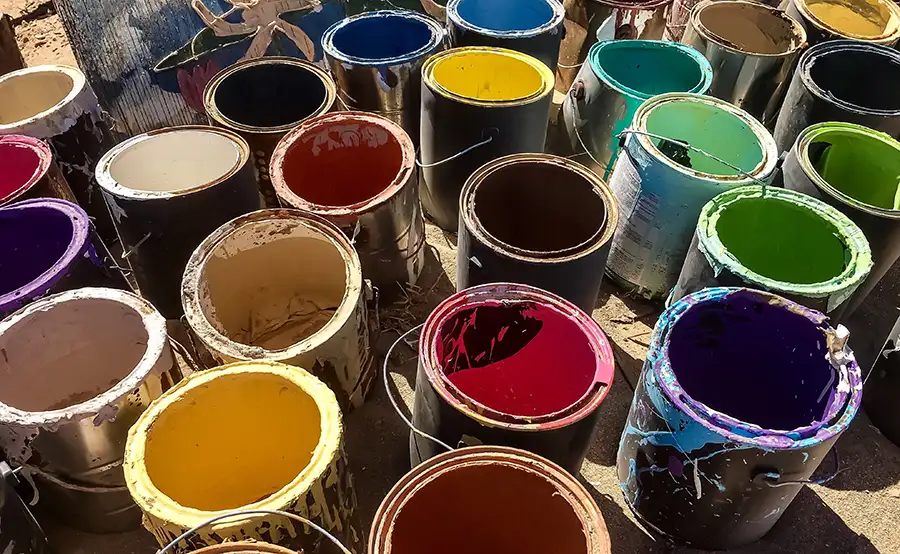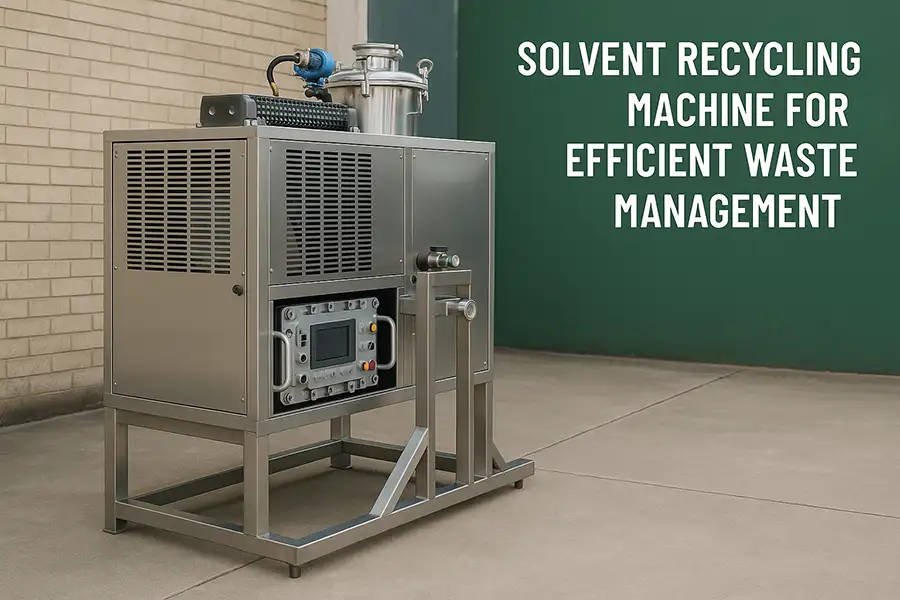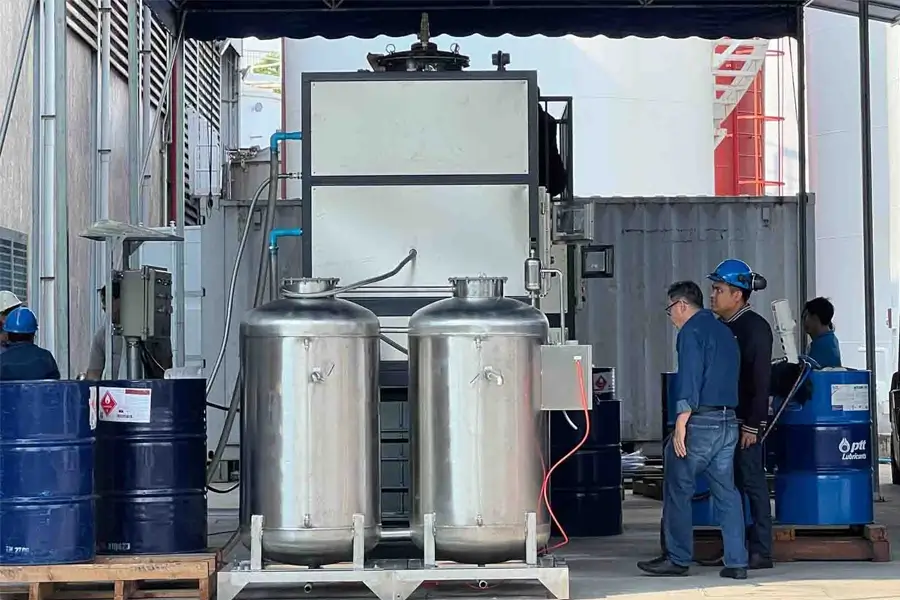The Smart Artist's Guide to Oil Paint Solvent Disposal
Stop pouring chemicals down the drain! Discover eco-friendly solutions that save money and protect our planet.
As an artist, you know the magic of oil paints—the vibrant colors, the rich textures, the way they seem to come alive on canvas. But what happens when the creative session ends? That murky jar of used solvent staring back at you isn't just an eyesore—it's an environmental hazard waiting to be mishandled.
Traditional disposal methods can be costly, dangerous, and downright terrible for our planet. But here's the good news: with modern solutions, you can transform that waste stream into a resource stream. Let's explore how to dispose of oil paint solvent responsibly—and why doing it right benefits both your wallet and the world.

The Dirty Truth About Solvent Disposal
Pouring solvents down the drain might seem convenient, but it's an environmental crime in slow motion. These chemicals:
Contaminate water supplies and harm aquatic life
Release volatile organic compounds (VOCs) into the air
Can cause sewer system damage and expensive plumbing repairs
Create hazardous waste that persists in the environment
According to the EPA, improper disposal of solvents contributes to nearly 30% of groundwater contamination in industrial areas. And here's a shocking statistic: The average artist studio generates enough solvent waste annually to fill a bathtub!
What happens if you pour oil paint solvent down the drain?
This creates a toxic soup that bypasses water treatment systems. The heavy metals and chemicals in paint solvents bond with water molecules, creating persistent pollutants that accumulate in the food chain. Within months, that "convenient" pour could contaminate local water sources affecting thousands of people.
Traditional disposal methods like evaporation or hazardous waste collection have their own issues. Evaporation releases harmful VOCs into your workspace, while waste collection becomes expensive quickly—especially for active studios.
Revolutionize Your Studio: The Solvent Recycling Solution
Imagine if you could use the same solvent repeatedly, reducing your purchases by 80% while eliminating disposal headaches. This isn't fantasy—it's what modern solvent recycling machines deliver.
How Solvent Recyclers Work:
Pour your used solvent into the machine
The system heats the liquid to precise temperatures
Contaminants and paint residues separate out
Pure solvent condenses and collects in a clean container
You're left with reusable solvent and minimal waste

Is there a way to reuse oil paint solvent effectively?
Absolutely! Quality solvent recyclers can restore up to 90% of your used solvent to near-original purity. The process removes paint particles, heavy metals, and contaminants while preserving the chemical properties that make solvents effective. The result? Clean solvent that performs like new at a fraction of the cost.
Modern systems like the Solvent Recycling Machine are surprisingly compact—many fit comfortably in studio corners. They're designed with artists in mind, featuring simple controls and safety mechanisms that make recycling as easy as brewing coffee.
Why Your Wallet Will Thank You
Let's talk numbers—because Saving Money Is The Last Word, And It Is Worth Investing In Buying!
Cost Savings
Reduce solvent purchases by 70-90% annually. A typical mid-sized studio saves $1,200-$2,000 per year.
Eco Impact
Eliminate 95% of hazardous waste output. One machine prevents 200+ gallons of solvent from entering ecosystems yearly.
Consistent Quality
Recycled solvent maintains consistent properties for reliable painting results.
Safety First
Reduce exposure to harmful VOCs by up to 80% compared to evaporation methods.
"According to MIT's Environmental Solutions Initiative, solvent recycling technology reduces environmental impact by 65% compared to traditional disposal methods while paying for itself in 12-18 months for most studios."
How can you make solvent disposal not just eco-friendly but also cost-effective?
The solution lies in viewing waste as a resource. By investing in a quality solvent recovery system, you transform disposal costs into long-term savings. The break-even point typically comes within the first year, after which every cleaning session puts money back in your pocket.
Simple Steps to Sustainable Solvent Use
Transitioning to solvent recycling is easier than you think:
1. Collection
Use separate containers for different solvent types. Keep lids sealed when not in use.
2. Processing
Run your collected solvent through the recycling machine following manufacturer guidelines.
3. Reuse
Pour the purified solvent into clean containers labeled by type and recycling date.
For larger operations or specialized solvents, consider professional systems like the Industrial Solvent Recycling System which can handle higher volumes and more complex chemical compositions.

Ready to Transform Your Studio?
Join thousands of artists who've made the switch to sustainable solvent management
Discover Recycling SolutionsThe Future of Art is Sustainable
Proper oil paint solvent disposal isn't just an obligation—it's an opportunity. By adopting solvent recycling, you:
Protect local ecosystems and water sources
Create a healthier studio environment
Significantly reduce art-making expenses
Join a movement of environmentally conscious creators
Remember: every jar of solvent you recycle keeps harmful chemicals out of our waterways and puts money back into your art supplies budget. That's a masterpiece worth creating!
References & Further Reading:
EPA Guidelines on Hazardous Waste Management
MIT Environmental Solutions Initiative: Solvent Recycling Impact Study (2025)
Artist's Handbook of Materials and Techniques by Ralph Mayer
